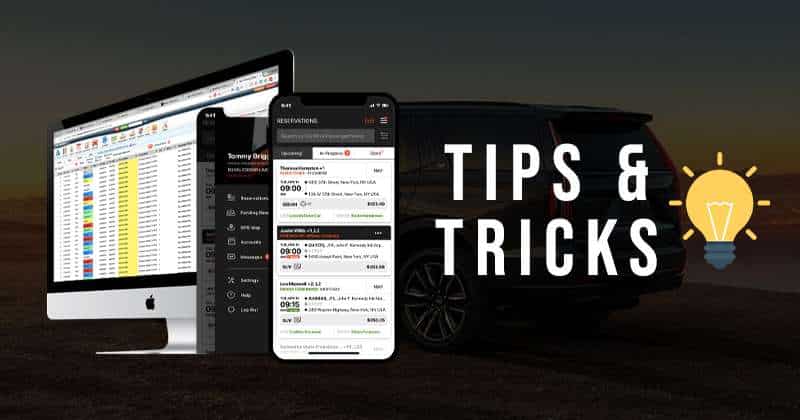In an era where technological advancements are reshaping various industries, the limousine service sector is experiencing a profound transformation through the integration of remote dispatching systems. These innovative solutions are not just changing the way limo businesses operate but are also enhancing efficiency, customer satisfaction, and overall industry standards. Let’s delve into how remote dispatching is revolutionizing the limo industry.
- Real-Time Visibility and Control: Remote dispatching provides unprecedented real-time visibility and control over the entire fleet. With GPS technology and sophisticated dispatching software, operators can monitor the location and status of each vehicle in real-time. This level of control allows for agile decision-making, ensuring prompt responses to customer requests and optimizing routes for maximum efficiency.
- Customer-Centric Services: The limousine industry is inherently service-oriented, and remote dispatching puts customers at the center of operations. Clients can now enjoy enhanced communication, accurate arrival time predictions, and the ability to track their booked vehicle in real-time. These features contribute to an elevated customer experience, fostering loyalty and positive word-of-mouth referrals.
- Optimized Resource Allocation: Efficient resource allocation is a key driver of success in the limo industry. Remote dispatching systems offer advanced analytics and reporting tools, enabling businesses to make informed decisions about fleet management. By analyzing data on vehicle usage, driver performance, and customer preferences, businesses can optimize their resources, reduce operational costs, and improve overall profitability.
- Flexibility to Scale: The scalability of remote dispatching systems is a game-changer for limo businesses of all sizes. Whether you’re a local service or a large-scale operation, these systems provide the flexibility to scale your services according to demand. This adaptability ensures that your business remains responsive to market changes, positioning you for sustained growth.
- Safety First: Safety is a paramount concern in the transportation industry, and remote dispatching systems contribute significantly to enhancing safety measures. Features such as panic buttons, emergency alerts, and real-time driver behavior monitoring contribute to a safer environment for both drivers and passengers, instilling confidence in the reliability of your service.
- Streamlined Operations: Say goodbye to paperwork and manual processes. Remote dispatching systems facilitate paperless operations by automating tasks such as booking confirmations, invoices, and driver logs. This not only reduces administrative burdens but also minimizes the risk of errors associated with manual data entry, contributing to smoother and more efficient workflows.
- Future-Proofing the Business: Embracing remote dispatching is not just a current trend; it’s an investment in the future. By adopting technology that aligns with industry trends, limo businesses position themselves for long-term success. The ability to adapt to evolving customer expectations and technological advancements is key to staying competitive in a dynamic marketplace.
In conclusion, remote dispatching is ushering in a new era for the limousine industry, bringing with it enhanced customer experiences, operational efficiency, and safety standards. As the industry continues to evolve, businesses that embrace and integrate these technologies will not only stay ahead of the curve but will also redefine the benchmarks for excellence in the limo service sector.




